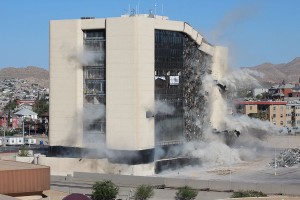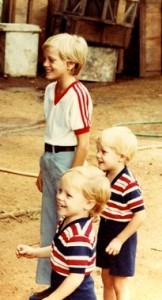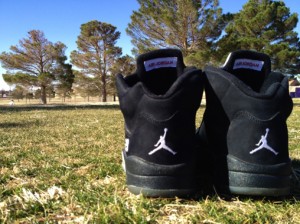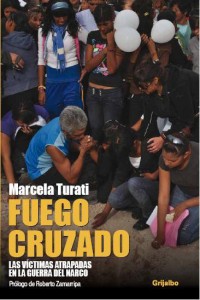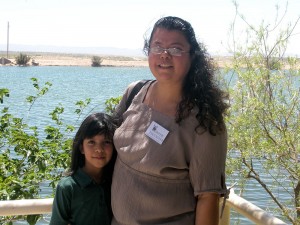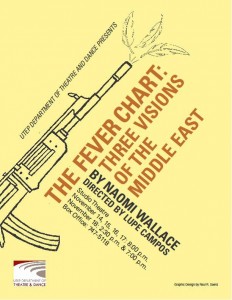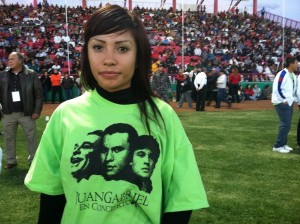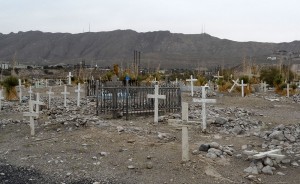CD. JUÁREZ – Los restos óseos encontrados en la Sierra de San Agustín, municipio de Práxedis G. Guerrero, pertenecen a tres menores de edad desaparecidas en los años 2009 y 2010 – Lizbeth G., de 17 años, Yessica P.,15 y Andrea G., 15. Entre los cientos de casos similares también está la joven Jéssica Leticia Peña, secuestrada en el centro de Juárez el 30 de mayo del 2010 cuando iba a buscar trabajo, según se publicó el 11 de noviembre en el periódico La Policiaca, D.F.
El 17 de febrero de 2012 el presidente de México, Felipe Calderón Hinojosa, declaró que, a dos años de que iniciara la estrategia para buscar mujeres desaparecidas llamada “Todos Somos Juárez,” la tasa de homicidios disminuyó un 57 por ciento. Para entender realmente los logros de “Todos Somos Juárez” tendríamos que hacer un recuento de los hechos estableciendo un panorama, ya que, a partir de 1993, el número estimado de mujeres asesinadas hasta el año 2012 asciende aproximadamente a más de 700, aunque la cifra real se desconoce. Según el Centro de Justicia para Mujeres de Cd.


